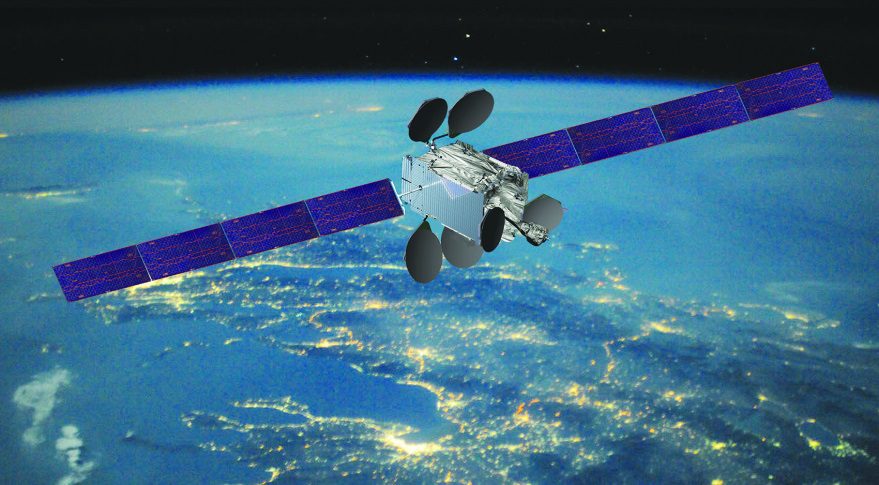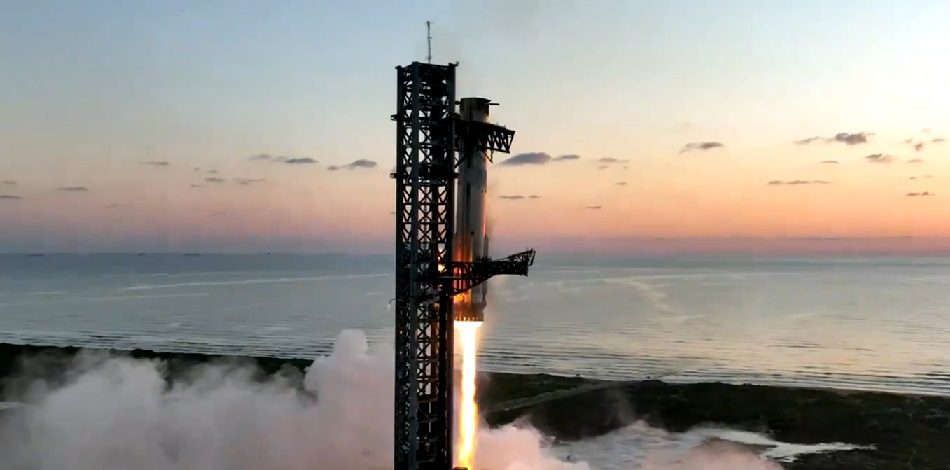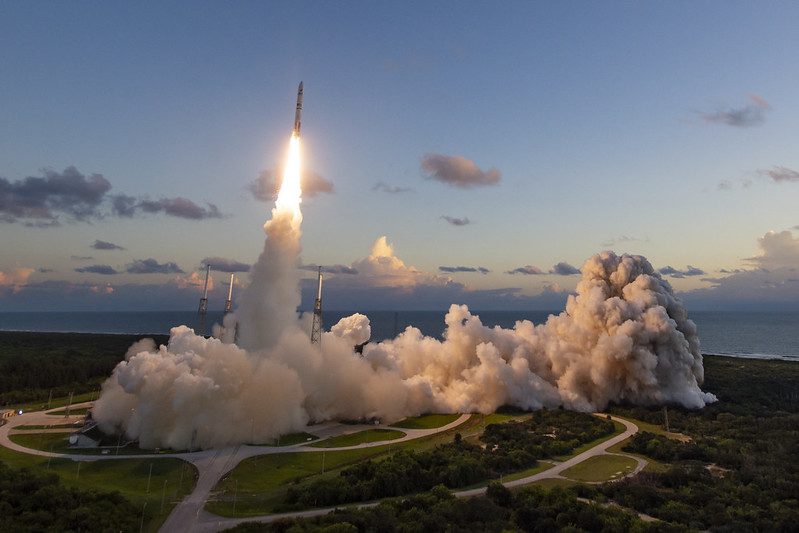US Space Command has formally protested about the Russian “inspection satellite” Cosmos 2543 releasing a high-velocity space object – believed to be a missile projectile. It notes that the suspected missile, object Sat Cat No 45915, was released on 15 July. UK military sources have expressed similar concern about the test.
The Cosmos 2543 (aka KOSMOS 2543) satellite was launched into orbit on 25 November last year and released into orbit by its “mother” satellite Cosmos 2542 on 6 December. Since then the satellite has been practising chasing down the remnants of the Cosmos 2535 satellite (suspected to have been damaged by another inspection satellite) as a target in practice interceptions. The Cosmos 2543 spacecraft has also been accused by US military sources of trying to chase down a US military reconnaissance satellite USA 245.
The news is causing international concern that space is increasingly becoming militarised. This change is not unexpected given that so many modern military systems are now dependent on communications provided by satellites for their navigation and targeting.

Newspaper headlines show that world concern is growing that a new space war may begin. Courtesy: The Daily Mail
Anti-satellite systems are not new. During the 1960s, the then Soviet Union practised satellite interceptions with self-exploding “killer” satellites. More recently suborbital missile interceptors have been launched against low Earth orbit satellites by nations testing out the technology. Likewise, high-power satellite “blinding”, ground-based laser systems are also believed to be under test.
The USA, China and India have all perfected land, sea and air launched anti-satellite (ASAT) missile technology, with each of these nations making significant tests in recent years – sometimes causing a lot of unwanted debris along the way.
However, to destroy satellites in orbits further out, such as in the key Medium Earth Orbit (MEO) and Geostationary Earth Orbit where navigation satellites and communications satellites tend to operate, such Earth-based missile interceptors are thought to be impractical. Instead, new “inspection” satellite-based systems are under development. These were thought most likely to use a rendezvous, grapple and robot arm/left explosive demolition technique, rather than use any missile or beam weapon system. However, this latest test may mean a change of strategy.
One final note. The Soviet Union has attempted to fire ballistic weapons from spacecraft before. On 24 January 1975, the Salyut 3 (Almaz 2) space station test-fired a 23 mm aircraft cannon in a weapons test. The size and design of the gun meant that aiming involved pointing the whole station at the target. Vibrational and recoil issues required thrusters to be fired at the same time. These problems made designers rethink the idea and conclude that missiles would be a better option in future.
Nevertheless, on the US side it was even mooted that the orbit-manoevrable Apollo lunar module might have been changed into an anti-satellite gunship.








